The smartphone business continues its all-out struggle for digicam supremacy, with manufacturers seeking to cram as many pixels in as many cameras as conceivable. From the ones paltry 2-megapixel macro and intensity cameras to the 108-megapixel snappers on telephones just like the Galaxy S22 Extremely, the numbers handiest appear to head up.
Quickly, Samsung’s 200-megapixel digicam sensor will take issues to the following stage, however on the center of all this megapixel wizardry is a generation referred to as pixel binning — and it’s key to a digicam’s good fortune. Alternatively, now not all pixel binning is similar. Samsung makes use of “tetra” 4-in-1 pixel binning at the Galaxy S22, and “nona” 9-in-1 pixel binning at the Galaxy S22 Extremely. Does all this make any distinction? We discovered.
Why pixel binning is vital
What does pixel binning do? Briefly, it permits adjoining pixels to paintings as one huge “tremendous pixel,” accumulating extra information to ship brighter footage with extra correct colours and not more noise. Prior to we get into the technical main points, it’s essential to know why it occurs within the first position.
The digicam sensor to your telephone is the element that collects and processes all of the optical data fed to it via the lens in entrance. The sensor, in flip, is largely a plate of pixels. Hundreds of thousands of them, in truth. Identical to cells on a plant, pixels take in the sunshine, which then go through sign conversion to provide the picture we see on our telephone’s display.
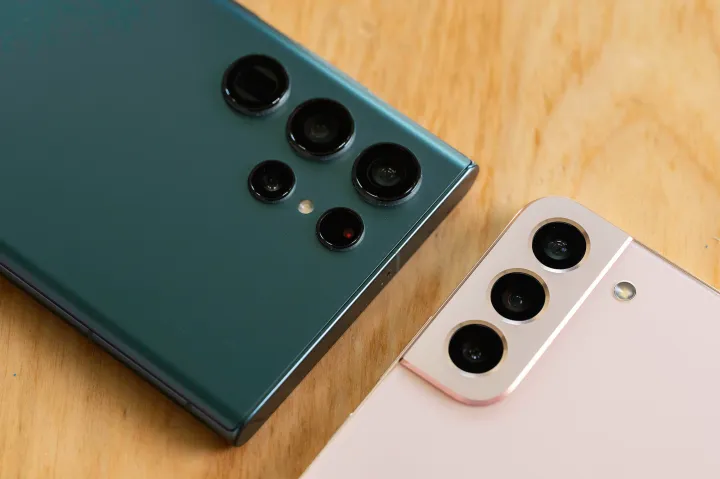
However right here’s the ordinary section. The upper the choice of pixels there are, the upper the decision of the picture — permitting extra main points and sharpness. Alternatively, as we stay including extra pixels, the scale of sensors will have to additionally building up to deal with them. Going from 10MP to 200MP will have to lead to a 20-times greater digicam sensor. However as a result of there’s restricted area to be had within a smartphone’s chassis to suit symbol sensors, that measurement building up can’t occur.
To resolve the issue, the scale of pixels is gotten smaller, becoming extra of those photosensitive components at the sensor plate with out expanding its measurement an excessive amount of. Alternatively, the smaller a pixel will get, the more serious it will get at soaking up gentle — leading to lackluster main points and colours. That’s the place the pixel-binning tech involves the rescue via algorithmically growing greater pixels which are in a position to soaking up extra gentle. When this occurs, you get better-looking footage.
Pixel binning advantages are simple to peer
When this set of rules kicks into motion, a bigger tremendous pixel is created that absorbs extra gentle information. That is particularly essential in lowlight environments the place the digicam sensor wishes to assemble as a lot gentle as conceivable. Relating to tetra pixel binning at the Galaxy S22, when 4 neighboring pixels of the similar colour are merged into one, their gentle sensitivity is higher via 4 instances.

Because of this, the pixel-binned footage prove brighter with upper sharpness and bigger distinction. The picture above was once captured on the local 50MP decision of the Galaxy S22’s number one digicam. Realize the extent of grain and blurry edges. Under is a pixel-binned 12.5MP shot of the similar topic captured via the S22, providing well-defined strains and significantly better colour copy, with a brighter profile across the edges.
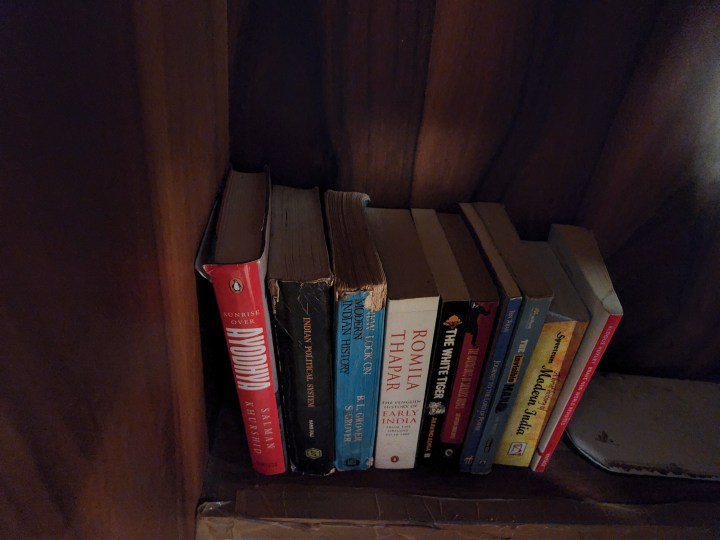
However some great benefits of pixel binning aren’t restricted to lowlight pictures. Actually, the tech additionally elevates the HDR (Prime Dynamic Vary) output. When taking footage of a high-contrast topic or setting, the pixel-binning tech once more produces tangible advantages.
Each and every pixel crew (according to its colour) has a special stage of photosensitivity and publicity time, this means that they accumulate gentle data in a segmented shape and with upper precision. Because of this, when HDR processing is implemented to the optical information accumulated via each and every pixel array, the footage glance punchy, with upper colour accuracy and advanced dynamic vary.
Samsung’s other approaches to pixel binning
The dimensions of pixel binning relies on the choice of pixels themselves. As an example, a 48MP digicam combines 4 pixels into one artificially enlarged tremendous pixel to ship 12MP footage. That’s why manufacturers put it up for sale as 4-in-1 pixel binning. In a similar fashion, digicam sensors with 5o million or 64 million pixels produce 12.5MP and 16MP photographs, respectively. In Samsung’s advertising lingo, you could come around the identify “Tetracell” to outline this procedure.
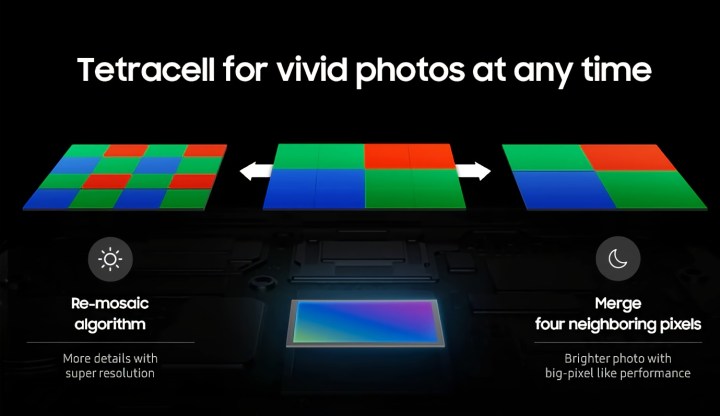
On a technical stage, pixels don’t in truth transfer or mix bodily. As an alternative, it’s completed on a tool stage the use of remosaic algorithms. The person pixel association remains to be the standard RGB affair. Tetracell’s activity is to crew pixels with the similar colour filter out subsequent to one another in a 2×2 pixel array and merge them to create a bigger synthetic RGB pixel array for accumulating extra gentle. Check out the picture above to peer the way it seems.
The 50MP digicam at the Galaxy S22 employs 1-micron pixels, but if the pixel-binning tech kicks into motion, it merges a 2×2 array of adjoining 1-micron pixels. This provides us a bigger tremendous pixel that measures 2-microns throughout. That is the tetra approach. However you probably have a 108MP digicam on a telephone just like the Galaxy S22 Extremely, the scale of pixels will get even smaller.

As an alternative of 4-in-1 pixel binning, this 108MP sensor is dependent upon what Samsung calls “Nonacell” tech. It combines 9 neighboring pixels into one. This merger of a three×3 pixel array creates a bigger tremendous pixel this is 2.4-microns in measurement. In doing so, the decision comes down from the local 108MP to 12MP, however the footage prove brighter with greater colour accuracy. That is the nona pixel binning approach.

As discussed above, smaller pixels combat with accumulating gentle information, therefore they lose out on main points in footage. The above left symbol is a phase from a full-resolution 108MP image taken via the Galaxy S22 Extremely’s number one digicam sensor, which comes with smaller 0.8-micron pixels. At the proper is a phase cropped from a 50MP shot taken via the Galaxy S22’s major digicam, which packs greater 1-micron pixels. Owing to bigger pixels, the Galaxy S22’s digicam sensor collects extra gentle information, and because of this, you’ll see extra main points at the leather-based bracelet, with advanced sharpness and some distance greater publicity.
Alternatively, when pixel binning kicks into motion, the Galaxy S22 Extremely’s digicam sensor creates a bigger 2.4-micron tremendous pixel that collects extra gentle information than the Galaxy S22’s number one digicam, which artificially creates a smaller 2-micron tremendous pixel. Unsurprisingly, the effects are reversed.
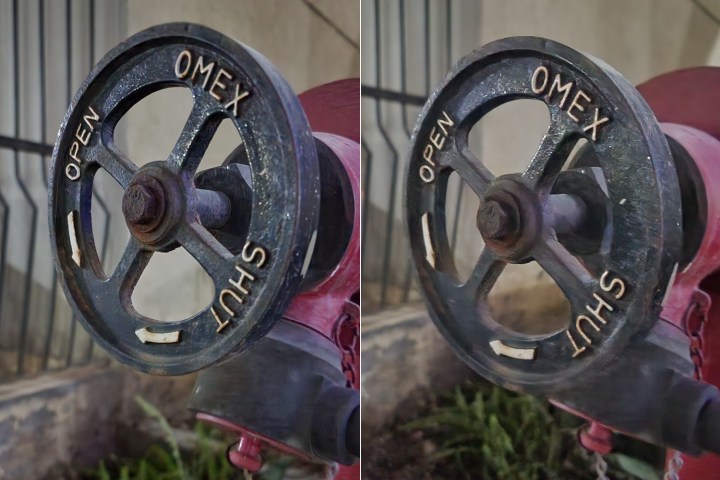
As you’ll see within the symbol above, the Galaxy S22 Extremely’s greater tremendous pixel gives advanced topic separation with upper regulate over sharpness, extra floor main points, and higher colour accuracy. However pixel binning isn’t only about bringing out main points in lowlight. It additionally performs an enormous function in reproducing colours, managing dynamic vary, and different a very powerful parameters.
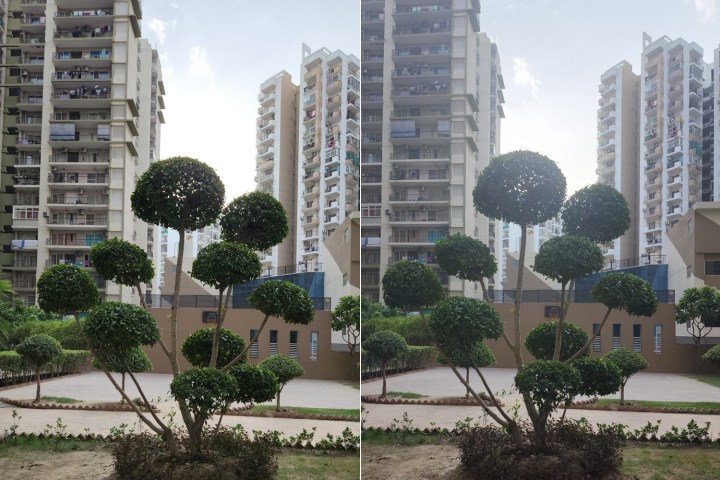
Within the symbol above at left, the Galaxy S22 does a significantly better activity at topic publicity, intensity estimation, and colour copy in a full-resolution 50MP shot, in comparison to the 108MP snap of the similar scene from the Galaxy S22 Extremely. The smaller pixels at the Galaxy S22 Extremely’s number one digicam lead to washed-out colours at the structures and an general much less punchy profile.

Identical to the lowlight situation, pixel binning once more highlights the adaptation and flips the effects. Because of the bigger tremendous pixels created via the Galaxy S22 Extremely’s digicam sensor, the picture at the proper above captures depicts the brick grooves extra as it should be within the image and the colours grew to become out nearer to truth than within the image taken via the vanilla Galaxy S22. Alternatively, it’s value declaring right here that pixel binning isn’t the only real consider deciding symbol high quality. So much relies on the sensor’s make, the underlying algorithms, and aperture, amongst different components.
The way forward for pixel binning on smartphones
With out a finish to the pixel wars in sight, the following evolution is 200MP digicam sensors. Actually, Motorola is rumored to release the primary telephone rocking such tough imaging {hardware}. On this case, the remosaic algorithms are going to mix at least 16 pixels into one huge unit. Take as an example Samsung’s personal 200MP ISOCELL HP-1 sensor, which introduces a brand new hybrid type of pixel binning.
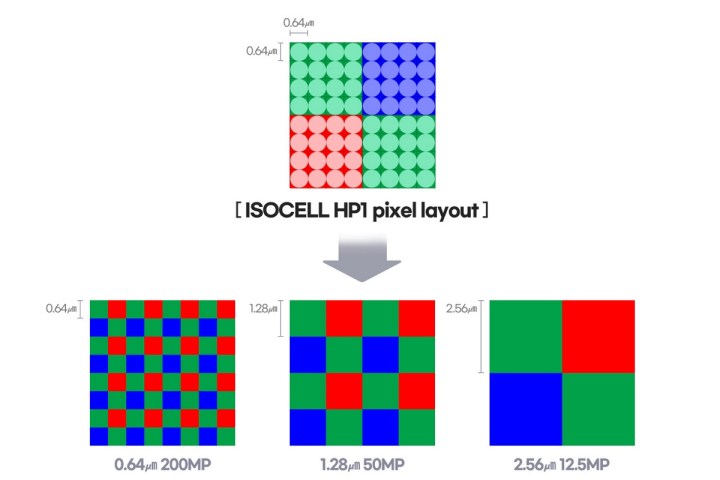
Relying at the lights state of affairs, it plays a hybrid 4×4 pixel-binning procedure that occurs in two phases. First, the sensor plays 4-in-1 binning that comes to a 2×2 array of 0.64-micron pixels. This creates a bigger tremendous pixel that measures 1.28-micron and produces footage at a 50-megapixel decision. Subsequent, the sensor does any other spherical of 4-in-1 binning that comes to a 2×2 array of one.28-micron pixels, growing an excellent greater tremendous pixel that measures 2.56-microns. On the finish of this procedure, the general symbol decision drops to a manageable 12.5-megapixels.
Therein lies why pixel binning is so vital. As smartphone digicam sensors stay getting increasingly more pixels, the desire for high quality pixel binning turns into all of the extra essential. And it’s a generation that’s continuously evolving. Whether or not it’s tetra, nona, or the hybrid pixel binning discussed above, corporations are nonetheless working out which strategies paintings best possible for various cameras.
Editors’ Suggestions
-
iOS 16: The whole lot we learn about 2022’s iPhone replace -
We performed Diablo Immortal at the Galaxy S22 Extremely and Steam Deck — and one was once a multitude -
14-inch iPad rumors are again, they usually in truth make sense now -
Samsung’s Galaxy Z Fold 4 is reportedly launching August 10 -
Meta’s plans for a Fb smartwatch may well be lifeless

